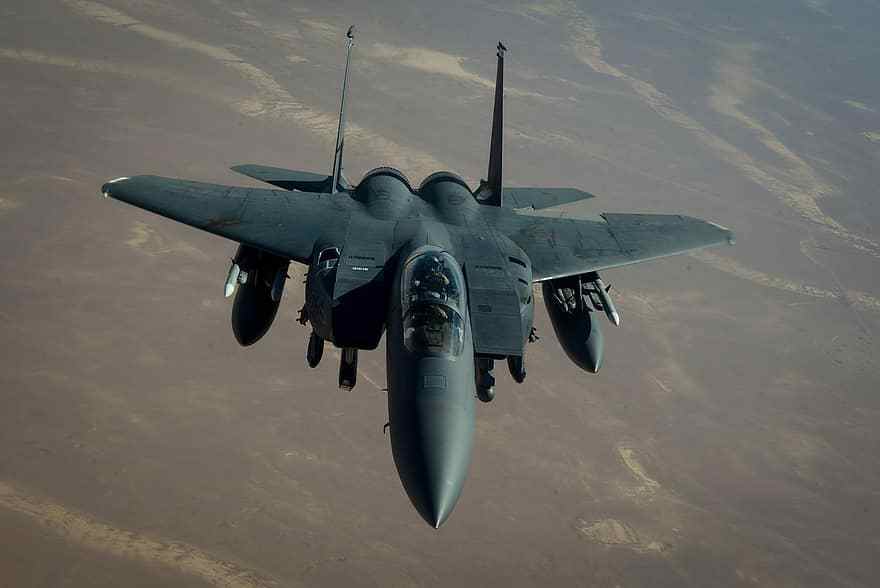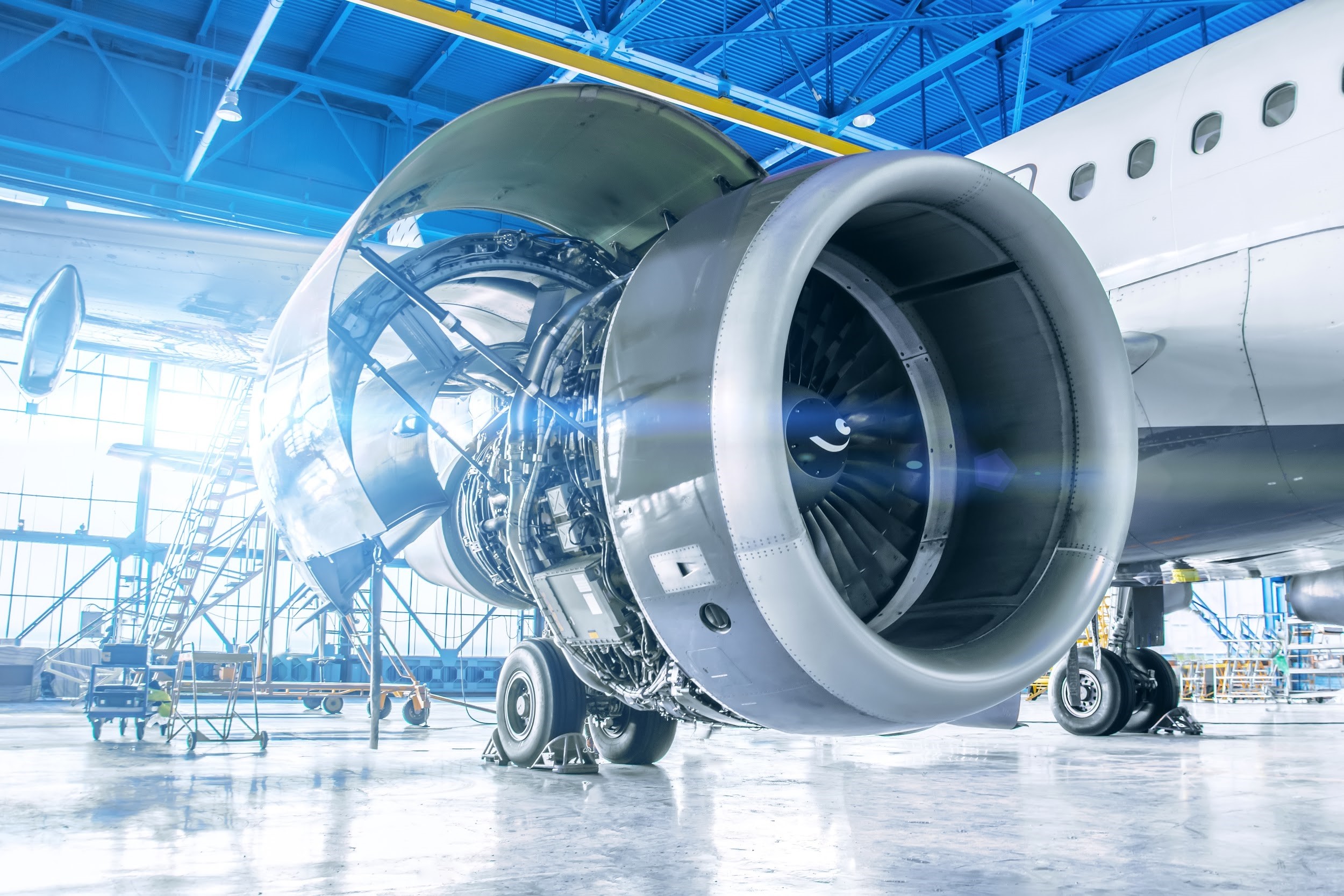China3D printingNet, September 22, Optomec, a leading provider of additive manufacturing maintenance solutions, has won a $1 million contract from the U.S. Air Force to produce systems for refurbishing turbine engine components. The platform is intended to be used as a high-volume additive repair platform installed at Tinker Air Force Base (Oklahoma City, USA), and is expected to handle thousands of parts each year.
Additive manufacturing solutions for parts repair are becoming more and more important, especially in the commercial and military aviation sectors, where the global repair, overhaul and overhaul (MRO) market exceeds $50 billion annually. In 2018, the global aircraft MRO market was valued at US$75.7 billion and is expected to grow at a compound annual growth rate of 4.7% from 2019 to 2025.

For the US Air Force, which spends billions of dollars in repairing aircraft engines each year, the opportunity to use Optomec’s additive repair solutions is huge. The cost of repairing gas turbine engine (GTE) components is 70% lower than purchasing new components. In addition to saving a lot of costs, additional maintenance can also shorten the delivery time, shorten the predictable delivery time, and reduce the dependence of the parts that need to be repaired or refurbished in the supply chain, thereby improving the military’s combat readiness. Not surprisingly, Optomec’s technology has been certified for aviation maintenance in 15 countries.According to China3D printingWang understands that its solutions have been used to refurbish more than 10 million turbine blades.
Optomec’s proprietary LENS platform was first commercialized more than two decades ago. It is based on Directed Energy Deposition (DED), in which a metal powder jet and a controlled molten pool are used to build high-performance metal structures on top of existing components. Or whole3D printingThe part itself. Optomec’s LENS machine combined with Huffman’s laser cladding technology has been used in aviation and power generation. So far, half of the 200 machines the company has delivered are used to repair turbine blades.
“Optomec is proud to serve our military. We have been processing titanium for many years, but we have not processed titanium in a high-volume, oxygen-free production cell, although Optomec has developed automation for other alloys in large quantities. Production unit.” said Jamie Hanson, vice president of business development at Optomec, “The challenge for the Air Force is to provide a system based on commercially proven functions to meet its production and technical requirements. We will provide the first one with automated functions. The machine, which can achieve almost uninterrupted production in an oxygen-free environment. This feature will help promote the wider aviation industry by achieving its future cost reduction goals. We want to thank the Air Force for the rapid maintenance of the office and the opportunities and opportunities provided by AFWERX The simplified process led to the contract.”
The Air Force Research Laboratory (AFRL) and the US Air Force program AFWERX made this project possible to promote innovation and encourage innovative partnerships to improve military and commercial capabilities.In February, Optomec published a paper focusing on the use of automatic laser cladding on aviation MRO (80% of blades and blade repairs are still done manually), which requires a considerable return on investment (ROI) than manual processes. As high as 184%. The company later introduced a tool for aviation customers to use Optomec’s solution to calculate and better understand their cost savings.

In November last year, Optomec announced the release of its key software AutoCLAD (originally developed by Hoffman and acquired by Optomec in 2018), which uses a proprietary vision system to create custom tool paths before parts are processed. Combining these software functions with Optomec’s controlled atmosphere technology and hybrid manufacturing solutions can provide an industry-leading single automated system for processing reactive metals (including titanium) without oxidation, and for use in aerospace, energy, and manufacturing .
In May of this year, the company announced the addition of aluminum to the material portfolio of its LENS system, which already includes titanium, nickel, steel and copper. By incorporating aluminum into its DED-based high-speed, cost-effective (compared to other PBF technologies) solutions, Optomec has expanded its applications in the development and repair of aerospace parts and the automotive industry.In addition, according to the SmarTech report, in 2019, aluminum alloy accounted for3D printing10% of the parts, and 4047 aluminum alloy (Optomec lists it as a material) is widely used in automotive and aerospace maintenance.
China3D printingNet compile article!
(Editor in charge: admin)


0 Comments for “Optomec wins a $1 million contract from the U.S. Air Force for mass 3D printing repairs of turbine engines”